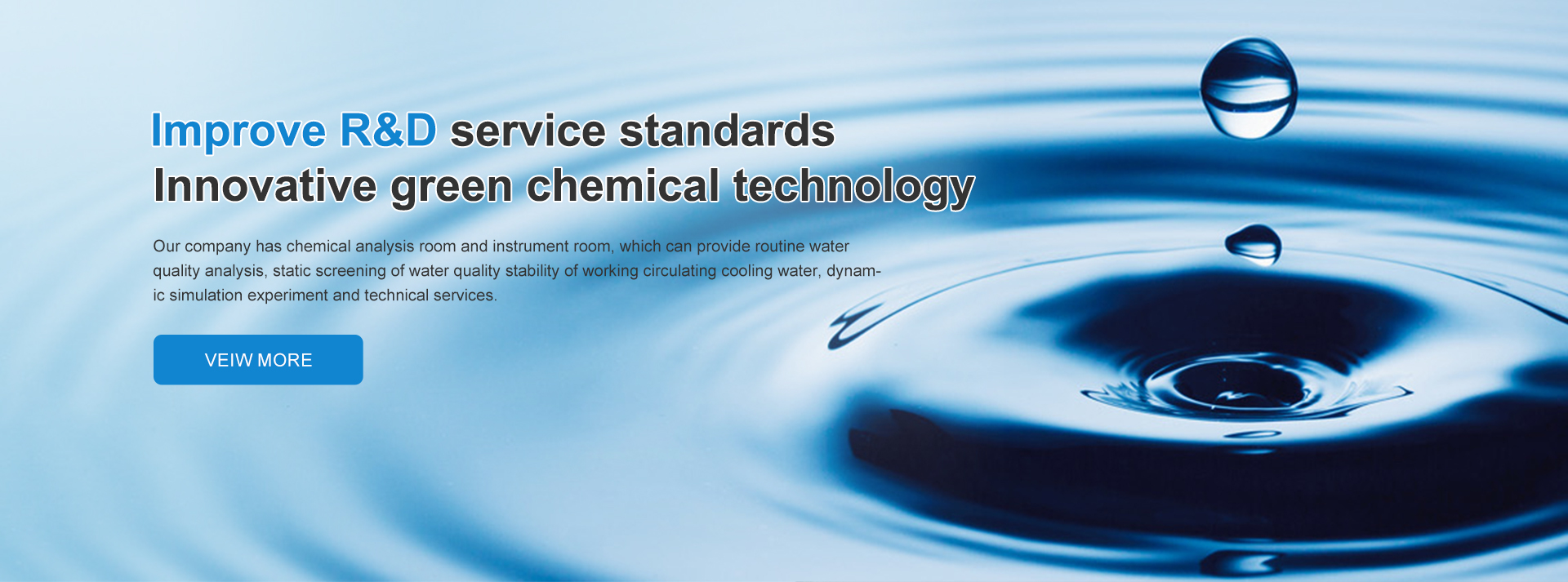Understanding Coagulation and Flocculation Processes in Water Treatment Systems
Coagulation and Flocculation Key Processes in Water Treatment
Water is an essential resource for life, and ensuring its purity is critical for health and environmental sustainability. Among the significant techniques used in water treatment processes are coagulation and flocculation. These processes play a vital role in removing suspended particles and impurities from water, making it safe for consumption and various industrial applications.
Understanding Coagulation
Coagulation is the first step in the water purification process, typically followed by flocculation. This process involves adding chemical coagulants to water, which causes fine particles and colloids to destabilize and aggregate into larger clusters known as flocs. Common coagulants used in water treatment include aluminum sulfate (alum), ferric chloride, and polyaluminum chloride. These substances have positive charges that neutralize the negative charges on suspended particles, promoting the formation of larger aggregates.
The timing and dosage of coagulant addition are crucial. If too little coagulant is added, not all particles may aggregate, leading to incomplete removal. Conversely, excessive coagulant can introduce secondary pollutants and require additional treatment steps. Therefore, careful monitoring and dosage optimization are essential to achieve effective results.
The Flocculation Process
Following coagulation, flocculation involves gentle mixing of water to encourage the growth of larger flocs. This is typically achieved through slow stirring, which creates a shear force that promotes the collision of smaller flocs, allowing them to combine and form larger aggregates. Flocculation aids in the separation of particles from water, enhancing the efficiency of the overall treatment process.
Flocculating agents, such as polyacrylamides or natural substances like starch, can be added to enhance floc formation. These agents help link smaller particles together, further increasing the size and settling rate of the flocs. The effectiveness of flocculation is influenced by various factors, including the pH of the water, the temperature, and the mixing time. Providing optimal conditions is essential for maximizing flocculation efficiency.
coagulation and flocculation

Sedimentation and Filtration
After the flocculation stage, the water is often subjected to sedimentation. In this phase, the larger flocs settle to the bottom of the treatment basin, forming a sludge layer. The clear water, which is now substantially free of suspended solids, can be further treated or sent directly for filtration. Filtration acts as the final barrier, removing any remaining smaller particles and ensuring the water meets safety standards before distribution.
Importance in Different Contexts
Coagulation and flocculation are not only vital for municipal water treatment but are also extensively used in various industries. For instance, in the paper and pulp industry, these processes enhance the removal of wood fibers and other impurities. Similarly, in mining, they help separate valuable minerals from waste. In each context, the principles of coagulation and flocculation remain constant, emphasizing their versatility and importance.
Environmental and Health Considerations
The role of coagulation and flocculation extends beyond water purity; they also have significant environmental implications. By effectively removing contaminants, these processes help to preserve aquatic ecosystems, preventing excess nutrients and pollutants from entering water bodies. Furthermore, the use of appropriate coagulants and flocculants can minimize chemical residues, ensuring that water released into the environment is safe and non-toxic.
In conclusion, coagulation and flocculation are foundational processes in water treatment that greatly enhance the quality of water for various uses. By understanding and optimizing these processes, we can ensure the provision of safe drinking water and contribute to the protection of our environment. As we face increasing challenges related to water quality and availability, the importance of these methods cannot be overstated. Continuous research and innovation in treatment techniques will further enhance our ability to provide clean water, ensuring a sustainable future for generations to come.
-
lk-319-special-scale-and-corrosion-inhibitor-for-steel-plants-advanced-solutions-for-industrial-water-systemsNewsAug.22,2025
-
flocculant-water-treatment-essential-chemical-solutions-for-purification-processesNewsAug.22,2025
-
isothiazolinones-versatile-microbial-control-agents-for-industrial-and-consumer-applicationsNewsAug.22,2025
-
scale-inhibitor-key-solutions-for-water-system-scale-preventionNewsAug.22,2025
-
organophosphonates-versatile-scale-inhibitors-for-industrial-water-systemsNewsAug.22,2025
-
scale-and-corrosion-inhibitor-essential-chemical-solutions-for-water-system-maintenanceNewsAug.22,2025





